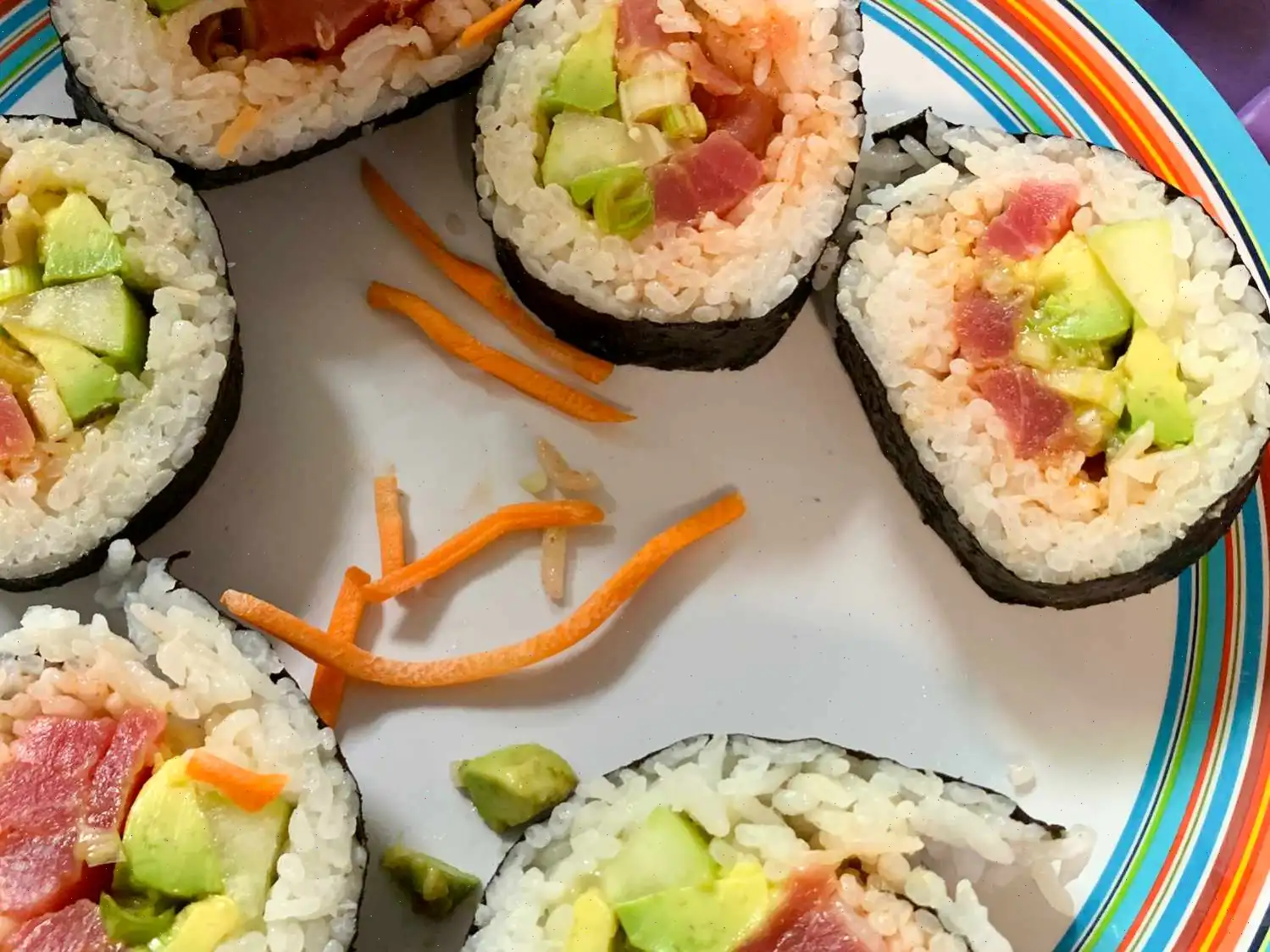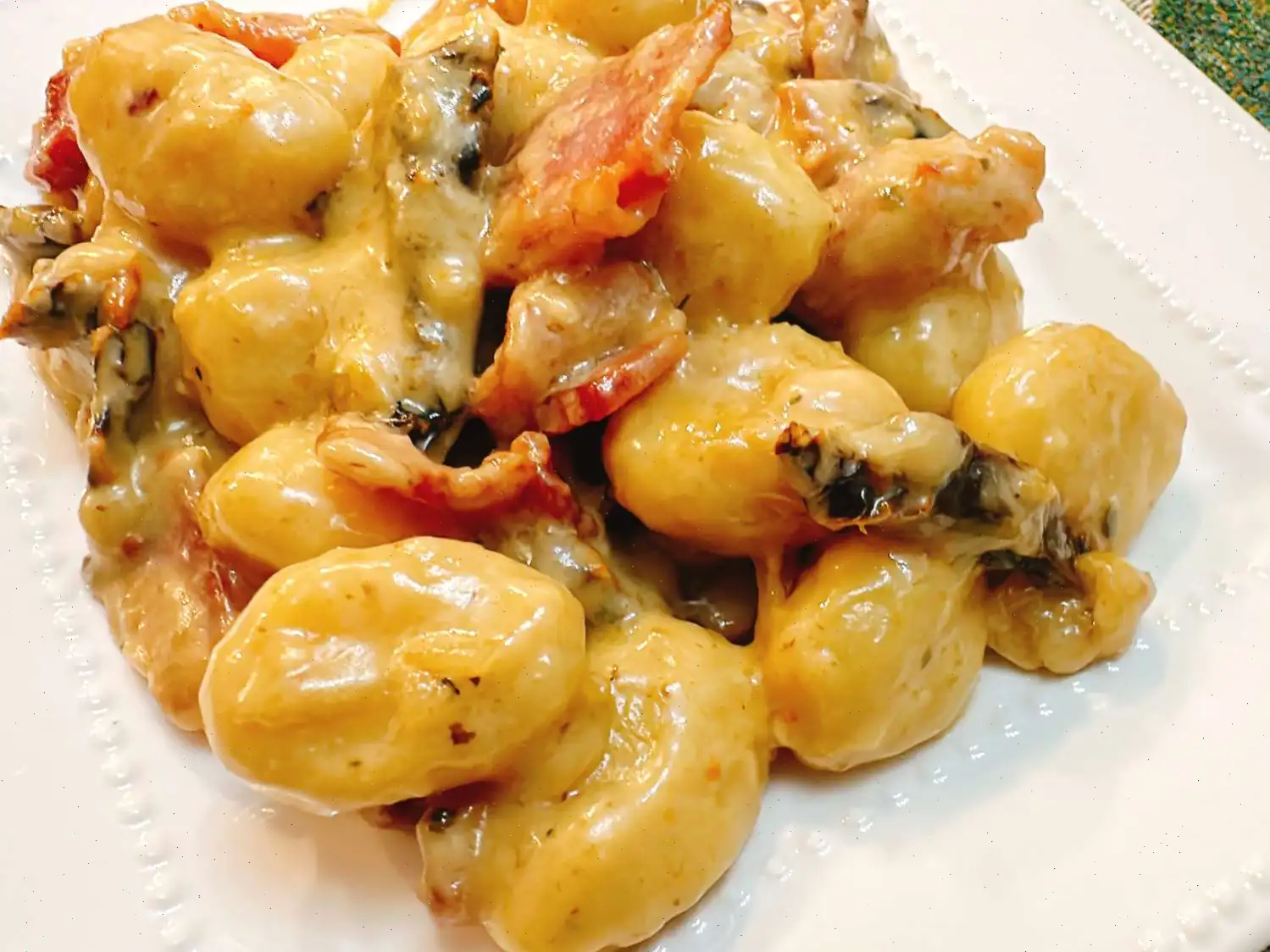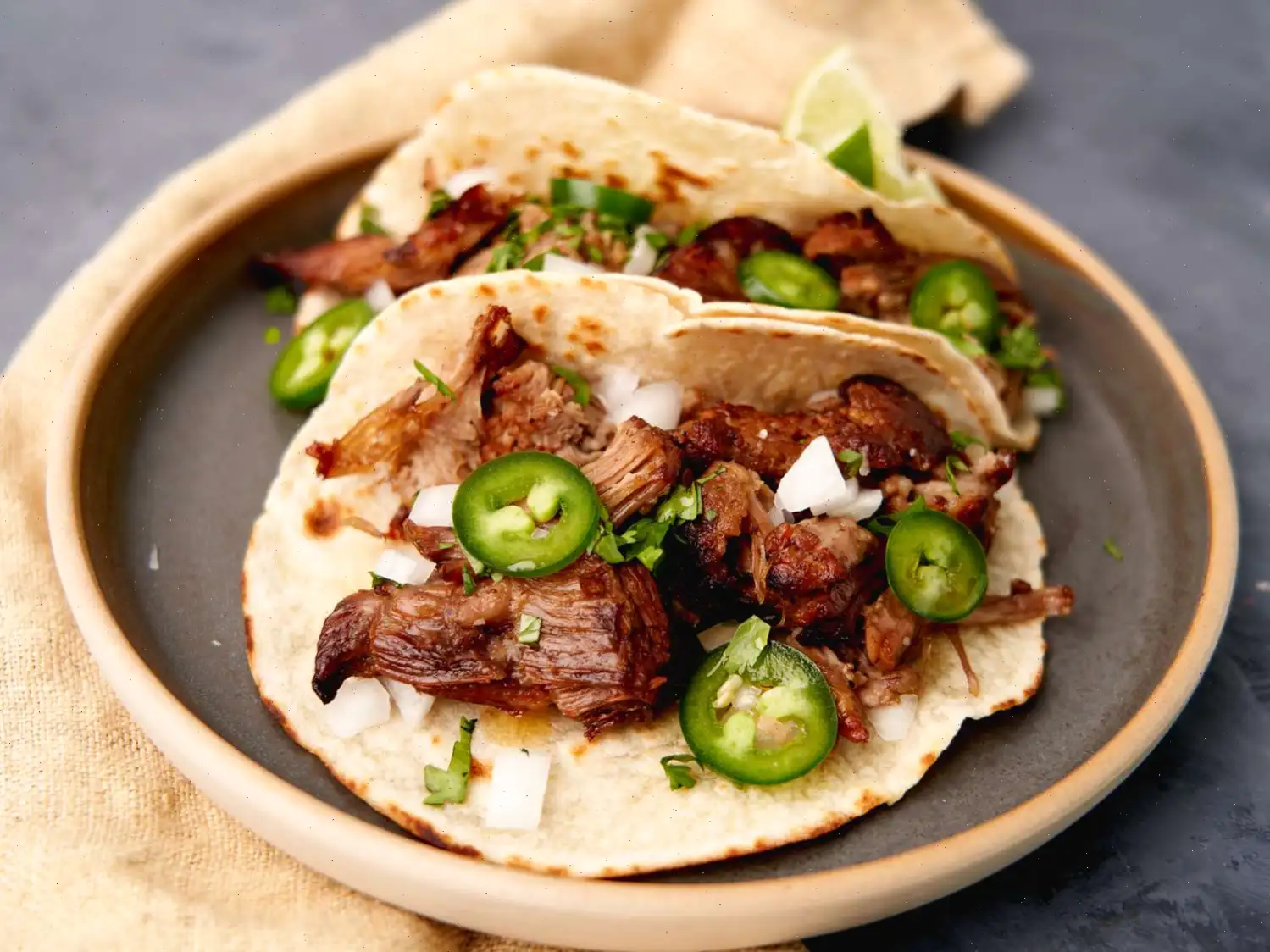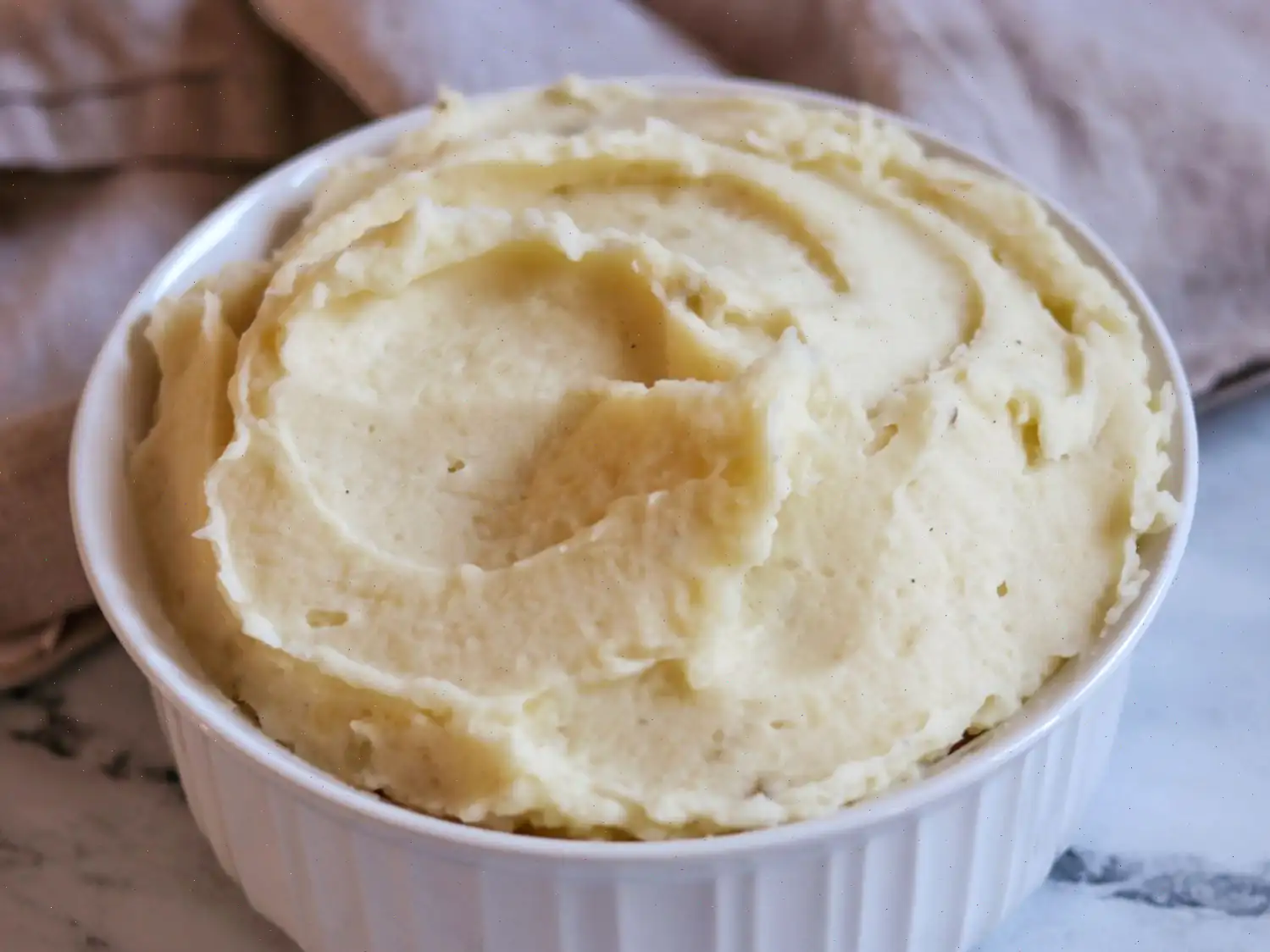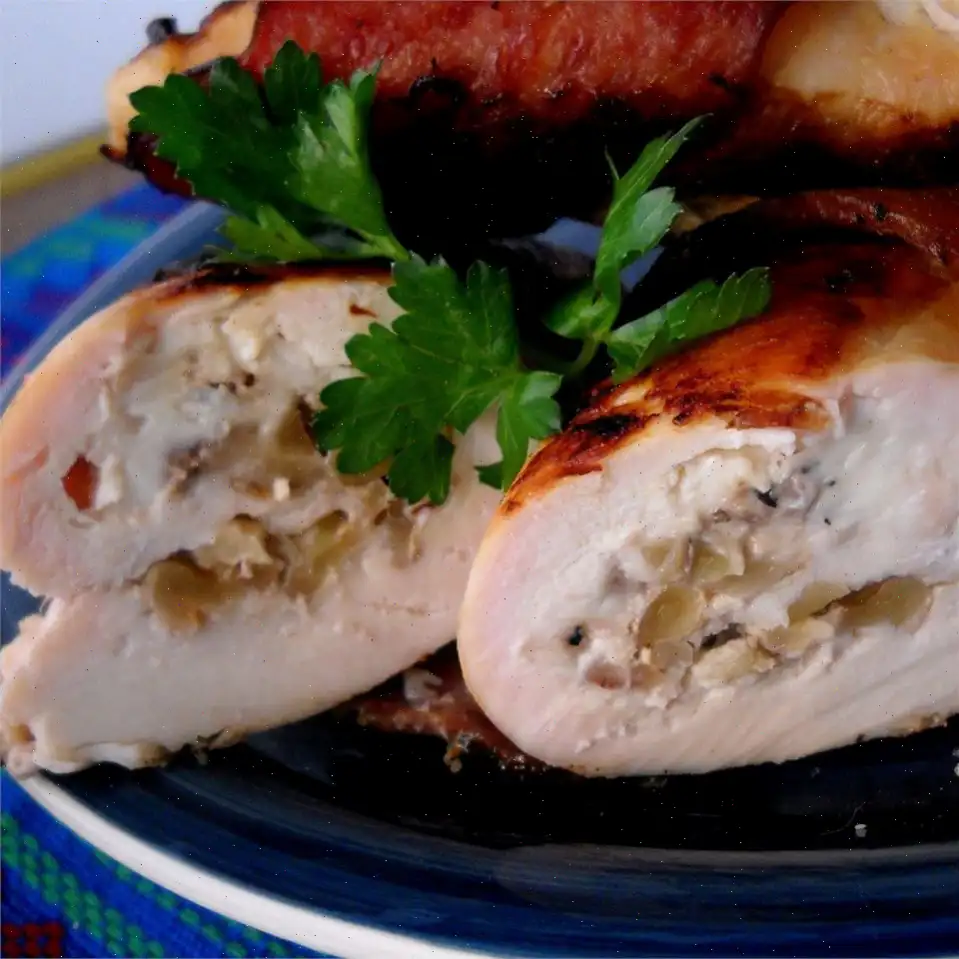
Spicy Tuna Sushi Roll Recipe
Ingredients:
- 2 cups uncooked glutinous white rice
- 2 cups water
- 1 tablespoon rice vinegar
- 1 (5 ounce) can solid white tuna in water, drained
- 1 tablespoon mayonnaise
- 1 teaspoon chili powder
- 1 teaspoon wasabi paste
- 4 sheets nori (dried seaweed)
- cucumber, finely diced
- 1 carrot, finely diced
- 1 avocado - peeled, pitted, and diced
Directions:
- In a saucepan, bring the rice, water, and rice vinegar to a boil over high heat. Once boiling, reduce the heat to medium-low, cover, and simmer for about 20 to 25 minutes, or until the rice is tender and all liquid has been absorbed.
- After the rice is done, remove from heat and let it stand, covered, for an additional 10 minutes to absorb any remaining moisture. Set aside to cool to room temperature.
- In a separate bowl, gently mix the drained tuna, mayonnaise, chili powder, and wasabi paste. Break up the tuna into smaller pieces, but do not mash it into a paste. The mixture should remain slightly chunky.
- Prepare a bamboo sushi mat by covering it with plastic wrap. Lay a sheet of nori on the mat, rough side facing up.
- With wet fingers, evenly spread a thick layer of the cooled rice over the nori, leaving about 1 inch of space at the top edge.
- Along the bottom edge of the rice, add approximately 1 tablespoon each of diced cucumber, carrot, and avocado. Then, place a line of the tuna mixture next to the vegetables.
- Carefully lift the bamboo mat and start rolling the sushi from the bottom edge, tightly enclosing the filling. Keep the roll as firm as possible without pressing too hard.
- Once the sushi roll is fully formed, gently press it together to compact. Using a sharp knife, slice the roll into 6 equal pieces.
- Refrigerate the rolls until ready to serve. This helps to firm up the rolls and makes them easier to slice.
Nutrition Facts (per serving):
| Calories | 346 |
| Total Fat | 12g |
| Saturated Fat | 2g |
| Cholesterol | 16mg |
| Sodium | 214mg |
| Total Carbohydrate | 47g |
| Dietary Fiber | 6g |
| Total Sugars | 2g |
| Protein | 14g |
| Vitamin C | 8mg |
| Calcium | 32mg |
| Iron | 1mg |
| Potassium | 455mg |

History of Spicy Tuna Rolls
The Spicy Tuna Roll is a modern creation that originated in the United States, particularly in California, during the 1980s. It was developed by sushi chefs aiming to cater to American tastes by incorporating a spicy, creamy twist into traditional sushi rolls. The spicy tuna typically uses canned tuna, mixed with spicy mayo or wasabi, giving the dish a bold and tangy flavor that was novel to many sushi lovers at the time. This fusion of Japanese tradition with American ingredients created a sushi roll that quickly became popular, particularly in sushi restaurants across the United States.
Regional Characteristics
The Spicy Tuna Roll is particularly popular in North America, where it is often served in both traditional sushi bars and more modern, fusion-style eateries. While the core ingredientstuna, rice, nori (seaweed), and vegetablesare consistent, variations exist based on regional tastes. For example, in some places, chefs may use avocado, cucumber, or even additional seasonings like sesame seeds or chili oil to adjust the flavor profile. The roll has become a staple in the sushi culture of the United States, but its origins are firmly rooted in Japanese culinary techniques.
How Spicy Tuna Roll Differs from Other Sushi Rolls
What sets the Spicy Tuna Roll apart from other types of sushi rolls is its combination of raw tuna and a spicy, creamy mayo-based dressing. While traditional sushi rolls like the California Roll typically use crab or imitation crab, the Spicy Tuna Roll features fresh or canned tuna mixed with spicy mayo, chili powder, and wasabi paste. This gives it a distinctive kick that other rolls lack. In comparison to the more delicate flavors of sushi like the Salmon Nigiri, the Spicy Tuna Roll is bold, with a creamy texture and a spicy kick, making it a favorite among those who enjoy strong flavors.
Where is the Spicy Tuna Roll Typically Served?
The Spicy Tuna Roll is most commonly served in sushi restaurants, particularly in regions where sushi has been popularized, such as the United States and Canada. It's frequently seen as part of sushi menus in fusion eateries and modern Japanese-American restaurants. Due to its ease of preparation and widespread appeal, it is often included in all-you-can-eat sushi buffets, casual dining spots, and even food trucks. The roll is typically served alongside pickled ginger, wasabi, and soy sauce, to complement its strong, spicy flavors.
Interesting Facts
- The Spicy Tuna Roll is one of the most popular sushi rolls in North America, rivaling the California Roll in terms of popularity.
- Although it's called "Spicy Tuna," not all versions use fresh tunamany versions use canned tuna, which was originally chosen for its convenience and cost-effectiveness.
- The spicy mayo used in the roll is a simple yet flavorful sauce, typically made with mayonnaise and either sriracha sauce or wasabi paste, although variations can include chili oil or garlic.
- The Spicy Tuna Roll is considered a "fusion" dish, blending traditional Japanese sushi with American preferences for bold, spicy flavors.
- Though the dish is not a traditional part of Japanese cuisine, it has become a staple of Japanese-American sushi culture and can be found in nearly every sushi restaurant across the U.S.
You can listen to this recipe in AI audio format. Simply click the play button below to listen to the content in a format that suits you best. It’s a great way to absorb information on the go!
FAQ about Spicy Tuna Sushi Roll Recipe
Comments
Victoria Taylor
11/28/2022 02:32:27 AM
The experience was just okay. Using canned tuna for a tuna sushi roll was not the best choice. The rice was not prepared in the traditional manner either. The sauce for the rice should have been made separately instead of being prepared while cooking the rice.


